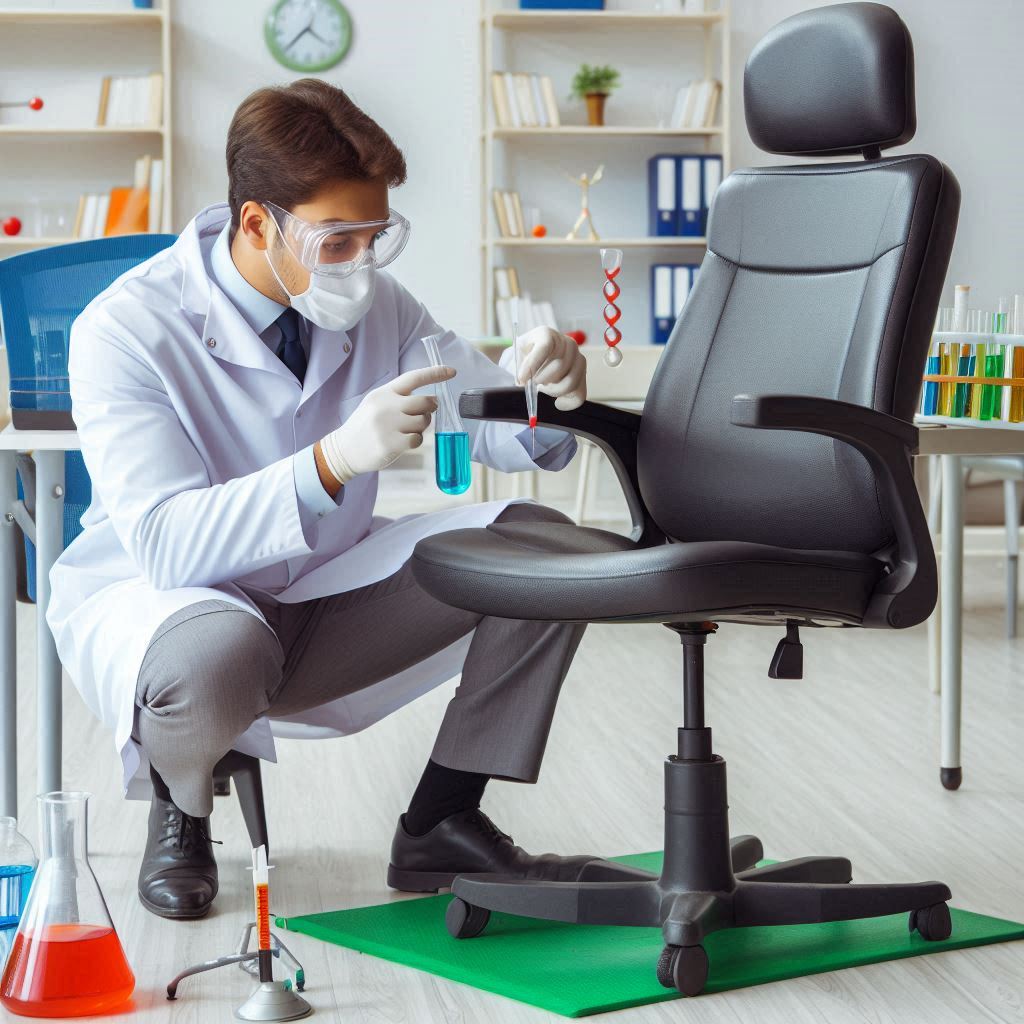Open Mon - Fri 9am to 5pm

What Tests and Certifications to Look for When Selecting Education Furniture
Choosing the correct furniture for educational environments is about more than just appearance and comfort - it’s also about ensuring safety, durability, and compliance with relevant standards. Understanding key tests and certifications, such as BS EN 1729 Parts 1 and 2, BS 5852, and UL94, helps you to make informed decisions and to select furniture that fulfils the necessary safety requirements and meets your long-term usage needs.
In this guide, we’ll explore these essential certifications, explain their relevance, and provide advice for selecting furniture best suited to educational settings.
Why Are Tests and Certifications Important for Education Furniture?
Educational furniture must meet rigorous standards to ensure it is:
• Safe: Protecting students and staff from risks such as fire or structural failure.
• Durable: Designed to handle frequent use in high-traffic environments.
• Ergonomic: Promoting correct posture and comfort for a variety of age groups.
By understanding which certifications apply, you can make confident purchasing decisions that prioritise safety and compliance.
What is the BS EN 1729 Standard?
The BS EN 1729 standard is fundamental for education furniture in the UK and is derived from EU standards that were created in 2007 and revised in 2015. It consists of two parts:
Part 1: Dimensions and Ergonomics
This ensures chairs and tables are correctly sized for students of different ages, promoting healthy posture and comfort during lessons. Poorly designed furniture can lead to musculoskeletal issues over time, making compliance with this standard essential.
Part 2: Safety and Strength
This part ensures the structural integrity of furniture, confirming that it is stable, robust, and safe for everyday use. It involves testing under various conditions to ensure durability over time.
Compliance with BS EN 1729 Parts 1 and 2 should be a sine qua non when selecting classroom furniture. It ensures that the furniture used in education environments is fit for purpose and durable and reduces the risk of accidents.
What is the BS 5852: Fire Safety for Upholstered Furniture Standard?
The BS 5852 standard evaluates the fire performance of upholstered furniture, testing its resistance to ignition from sources like cigarettes or small flames.
Why is the BS5852 Fire Safety Standard Important?
Upholstered items are more susceptible to fire risks. Compliance with BS 5852 ensures these items slow the spread of fire, providing additional safety in classrooms, staffrooms, or communal spaces.
BS5852 is not directly applicable to plastic furniture that is not upholstered, but any upholstered or padded chairs and sofas in educational settings should meet this standard.
What is UL94: Flammability Testing for Plastic Furniture?
UL94 is the benchmark for measuring the flammability of plastic materials and is far more relevant to non-upholstered plastic furniture than BS5852. As many classroom chairs, such as the Titan One Piece, are wholly constructed from plastic, this standard is particularly pertinent for education settings.
The UL94 testing process involves exposing material samples to open flames under controlled conditions. Flame spread rate, ignition time and dripping behaviour are then observed and recorded and the material is assigned a fire resistance rating.
The three ratings most relevant to plastic furniture relate to vertical burning resistance, and are as follows:
- V-2: Burning stops within 30 seconds on a vertical specimen; drips of flaming particles are allowed.
- V-1: Burning stops within 30 seconds on a vertical specimen; drips of particles allowed as long as they are not inflamed.
- V-0: Burning stops within 10 seconds on a vertical specimen; drips of particles allowed as long as they are not inflamed.
As an example of the ratings in use, our Titan Arc chair meets UL94 V0, the most stringent of these ratings, making it an exceptionally safe chair for use in wide range of settings where fire safety is paramount.
Additional Certifications to Consider
• ISO 14001: Ensures furniture is manufactured sustainably, minimising environmental impact.
• FSC Certification: Verifies that wooden furniture is sourced responsibly from well-managed forests.
Common Misconceptions to Avoid
When selecting education furniture, it’s important to understand the limitations of certain certifications. While BS 5852, for example, is not specifically designed for plastics, its presence on upholstered or mixed-material furniture is still a good indicator of overall fire performance. Plastic furniture, however, should rely on more appropriate tests like UL94.
It is important to request proper documentation for certifications, as it is possible that some furniture suppliers are making unverified claims about the safety and certification of their products. Avoid furniture with vague safety claims that lack evidence of compliance.
At Enable Education we offer a wide range of certified, high-quality furniture tailored to meet these exacting standards. Let us help you create a safe, ergonomic, and inspiring learning space.


